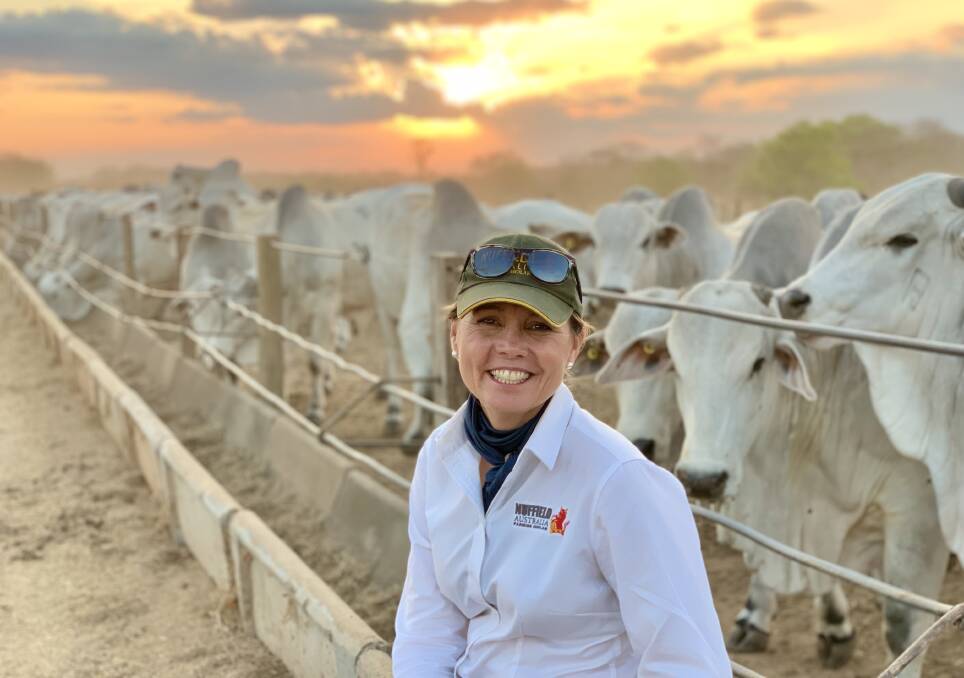
To ensure northern Australia's beef industry is equipped to be profitable and meet evolving social and environmental pressures, greater focus must be placed on optimising genetic gain through the accurate selection of nonvisual profit-driving traits.
Subscribe now for unlimited access to all our agricultural news
across the nation
or signup to continue reading
That's according to 2019 Nuffield Scholar and Western Queensland beef producer, Rebecca Burnham, who with support from The Yulgilbar Foundation, investigated how modern technologies could be better utilised to increase measurement above the 15 per cent of bulls currently presented with breeding values in northern Australia.
Travelling across Colombia, Kenya, Qatar, New Zealand, Canada, Eastern Europe, the United States, Brazil, Ireland, Italy and Australia, Ms Burnham visited producers, researchers, universities, private research stations and genetic centres to identify and observe where significant genetic gains in beef were achieved.
In Kansas, US, Ms Burnham visited Gardiner Angus Ranch where the importance of employing a holistic approach to genetic optimisation for beef producers became clear. "Every animal on their ranch is the result of Artificial Insemination or an Embryo Transfer, currently performing around 2,500 ETs per year," Ms Burnham said.
"Though GAR had pioneered the exclusive use of AI for all farm reproduction since 1964, it wasn't until they implemented genetic analysis, like Australia's BREEDPLAN, in 1980 that they saw genetic improvement. This allowed them to optimise selection on-farm, and then accelerate genetic gain through reproductive technologies.
"A well-established breeding enterprise, GAR now applies high selection pressure by harvesting eggs from genetically superior females, adding genotyping to the genetic analysis to ensure high selection accuracy, to multiply younger superior genetics with all breeders over four years of age sold to reduce the generation interval.
"These advancements in production have all been done with accurate measurement, genetic evaluation and by continually selecting using breeding values and selection Indexes to maximise business profits and ensure accurate genetic evaluation by utilising all the genetic selection tools."
In the report, Ms Burnham said genetic selection is never based on one single attribute and the use of selection Indexes ensures balanced selection to improve accuracy and maximise productivity and profitability.
"Globally, I noticed commonalities in production enterprises when it came to genetic gain, these were: clearly defined long-term breeding objectives, excellent herd and grazing management, ongoing animal phenotypical measurement, genotyping, genetic evaluation, economic selection Indexes, and the combined use of all selection tools," she said.
"With the significant challenges facing northern Australia's beef industry, it's imperative that seedstock producers consider emerging modern technologies that aid in measurement and enable more accurate selection for genetic gain and increased returns.
"As many of the genetic profit-driving traits are hard to measure and not visible to the eye, such as fertility, eating quality, feed efficiency, carcase yield and thermotolerance, the integration of modern technology for animal phenotypic and genotypic measurement will be central to collecting data in northern Australia required to improve genetic selection."
ALSO IN BEEF:
Start the day with all the big news in agriculture! Sign up below to receive our daily Farmonline newsletter.

